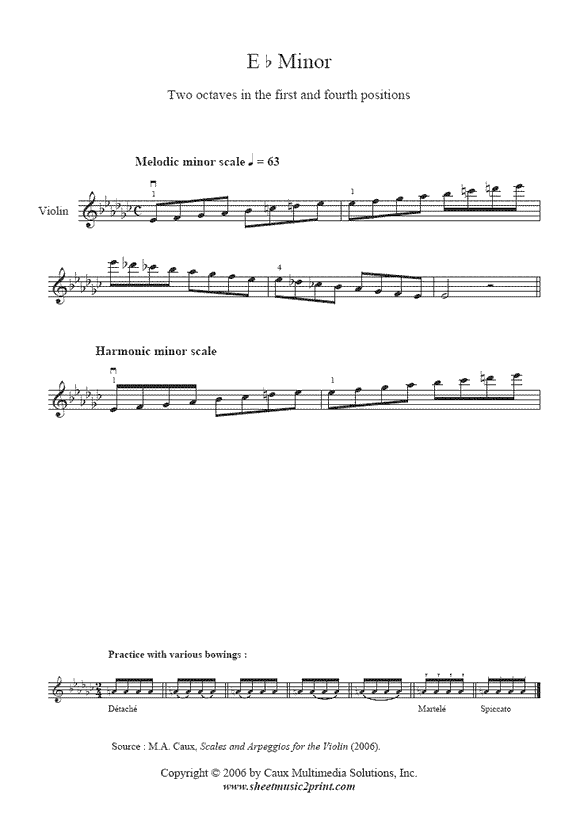

Traditionally, music theorists have called these two options the ascending melodic minor scale (also known as heptatonia seconda) and descending melodic minor scale, the ascending being identical in its upper tetrachord to the major scale, and the descending being simply the natural minor:Ĭomposers have not been consistent in using these in ascending and descending melodies.


While some composers, notably Mozart, have used this interval to advantage in melodic composition, other composers, having felt it to be an awkward leap, particularly in vocal music, considered a whole step between these two scale degrees more conducive to smooth melody writing, so either the subtonic seventh was used or the sixth scale degree raised. The interval between the sixth and seventh degrees of this scale (in this case F and G ♯) is an augmented second. The harmonic minor scale as a whole is described as Nahawand-Hijaz in Arabic nomenclature, or as Bûselik Hicaz in Turkish nomenclature. The harmonic minor is also occasionally referred to as the Mohammedan scale as its upper tetrachord corresponds to the Hijaz jins, commonly found in Middle Eastern music. These are the Diminished seventh chord (found on the 2nd, 4th, 6th and 7th degrees) and the Augmented chord (found on the 3rd, 5th and 7th degrees). The above considerations of chordal harmony led to the harmonic minor scale, the same as the natural minor but with a chromatically raised seventh degree.įor example, in the key of A minor, the harmonic minor scale is:Īn important characteristic of the harmonic minor scale-in contrast to the natural minor-is its inclusion of two sets of chords whose inversions are structurally identical, and hence have ambiguous tonality. If the white notes are played beginning from the sixth step of that C scale, from any A to an A an octave above, then an A natural minor scale (the " relative minor" of C) is produced. For example, the white notes of a keyboard if played from any C continuing up an octave to the next C produce a C major scale. The natural minor scale is the sixth mode (or Aeolian mode) of the major scale.


 0 kommentar(er)
0 kommentar(er)
